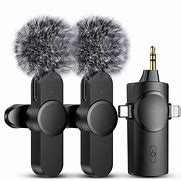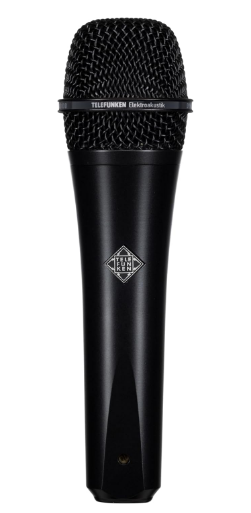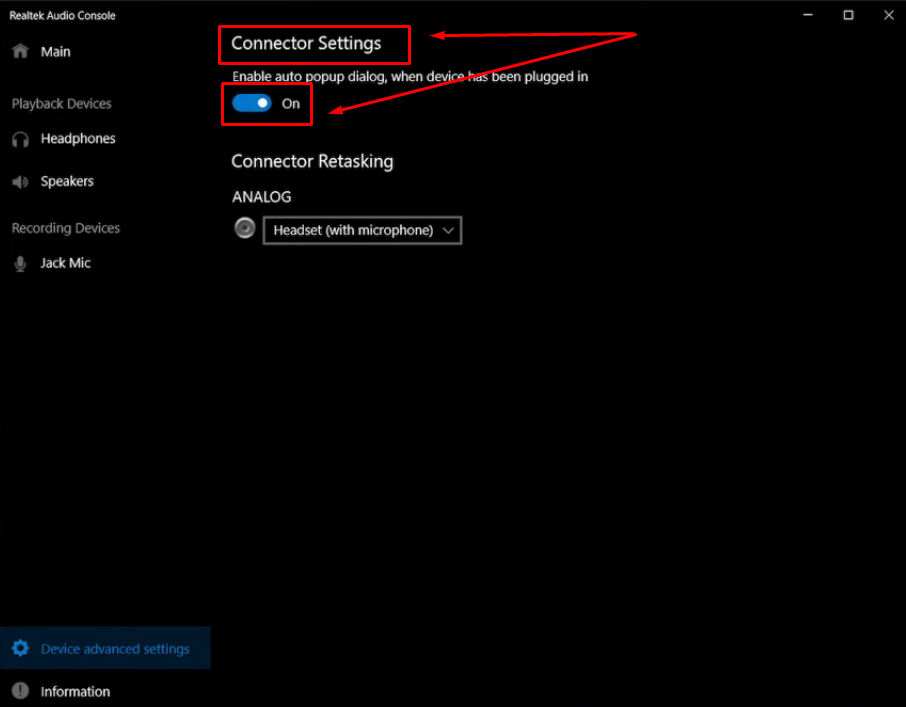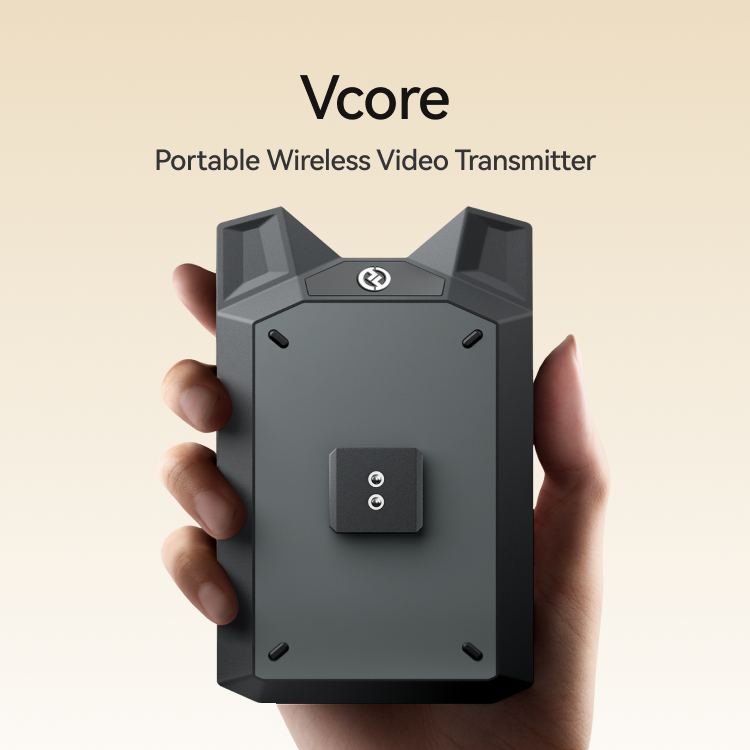A smartphone’s microphone is essential for clear calls and recordings. Water exposure can cause muffled audio, malfunctions, or even permanent damage. Even a few drops of water can create issues. Quick action is necessary to prevent further problems.
Understanding the right steps can help save a wet microphone. Some drying methods work better than others. Simple mistakes can make the damage worse. Knowing what to do immediately can make a big difference.
This article explains how to handle a water-exposed microphone. It also covers when to seek professional help. Taking the right precautions can protect the device from future damage.
Things to Do Right Away when Water Enters Your Phone’s Mic
Water in a smartphone microphone requires immediate care. Quick, decisive actions can truly save device functionality. Following proper steps always reduces long-term harm significantly.
Turn Off Your Phone Immediately
Turn off the smartphone immediately to avoid electrical faults. Water may trigger short circuits in active circuits. Powering down stops electricity from flowing inside components. Each second of power increases the risk of permanent damage. Keeping the device off is the safest initial move. Allow the phone to dry completely before restarting. Immediate shutdown protects critical hardware from moisture harm.
Remove All Accessories
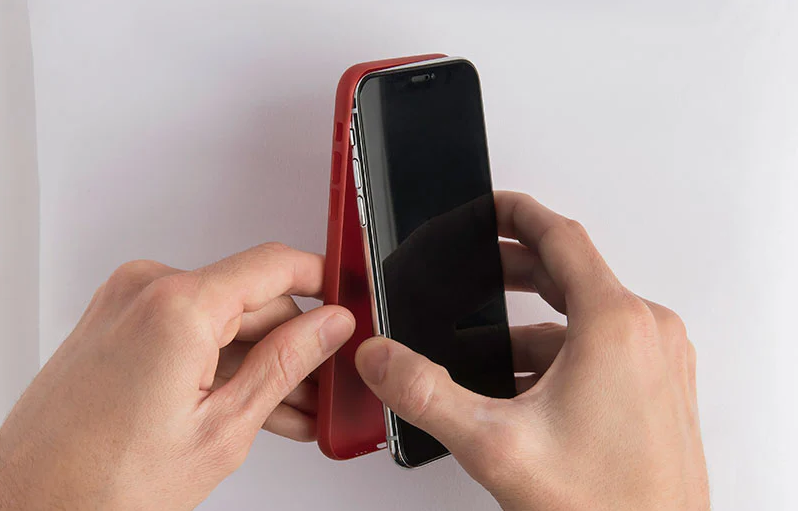
Detach all accessories from the smartphone at once. Remove headphones, chargers, and external microphones without delay. Take off the protective case immediately after shutdown. Accessories can trap water and hinder evaporation effectively. Better airflow occurs once these items are removed. Moisture escapes freely when the phone is uncovered. Removing external gear supports a complete drying process.
Dry the Area Around the Microphone
Gently pat the smartphone’s exterior using a soft cloth. Focus on openings such as ports and jacks. Avoid harsh, aggressive wiping that forces water inside. Dry all external surfaces with care and precision. This method stops additional water from reaching the internals. Focus on microphone ports and charging areas gently. Soft cloth usage minimizes further damage risk effectively. Drying the exterior is essential for device protection. Careful exterior drying helps prevent moisture from infiltrating critical parts. Extra drying now ensures long-lasting device functionality.
Shaking Will Only Make the Matter Worse
Do not shake the smartphone forcefully under any circumstances. Harsh shaking can push water deeper inside components. Hold the phone upright and steady at all times. Let gravity assist natural water drainage without extra force. Excessive movement can risk water reaching sensitive circuitry. Avoid unnecessary shaking to maintain optimal device structure.
6 Fixes to Get Water Out of the Microphone of Your Mobile
Here are six effective solutions to save your mobile’s microphone from water damage.
Use a Silica Gel Bag
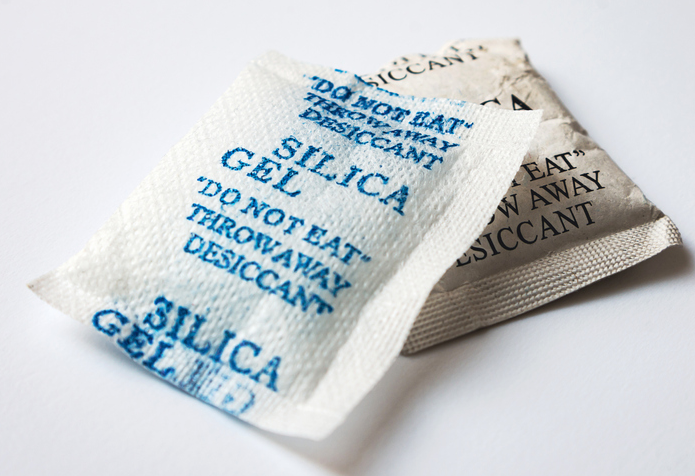
This method prevents water damage and internal corrosion effectively. Furthermore, the approach minimizes risk to delicate components. Moreover, the moisture is drawn out steadily and safely.
- Place the smartphone in a sealed container with silica gel packets
- Ensure that the smartphone remains powered off throughout the process
- Seal the device in the container without disturbance. Allow it to rest for at least 24 to 48 hours
Air Dry Method

- Place the phone in a well-ventilated area with fresh air
- Ensure that the microphone faces downward to aid drainage
- Allow the phone to remain untouched for 24 to 48 hours
During this period, avoid turning on or using the device. Patience remains essential as moisture evaporates gradually from internal parts. Moreover, keep a small fan nearby. This small fan may accelerate the drying process. And eventually, natural air circulation restores your microphone’s functionality.
Vacuum Application
This technique draws moisture out without forcing it further. Keep in mind that compressed air might push water deeper into internal circuits. Of course! We don’t want that, right? Therefore, careful technique ensures effectiveness and prevents further damage.
So here’s what you need to do.
- Use a vacuum cleaner near the smartphone’s microphone port gently
- Maintain a safe distance from delicate internal components always
Remember, moisture extraction becomes optimal with controlled vacuum power. That is why careful vacuum use prevents unwanted water displacement. As a result, moisture is extracted while preserving internal components.
Utilize Gravity to Drain Water
This method uses gravity to encourage water drainage.
Here’s how you can do it.
- Hold the smartphone with the microphone port facing downward
- Gently tap the device to dislodge trapped moisture
Ultimately, gravity supports a natural and safe drying process. Tilting the phone can promote effective moisture escape. Additionally, gentle tapping helps in freeing stuck water. Transitions in positioning facilitate overall water removal performance. Careful handling minimizes the risk of internal component harm.
Use of Isopropyl Alcohol
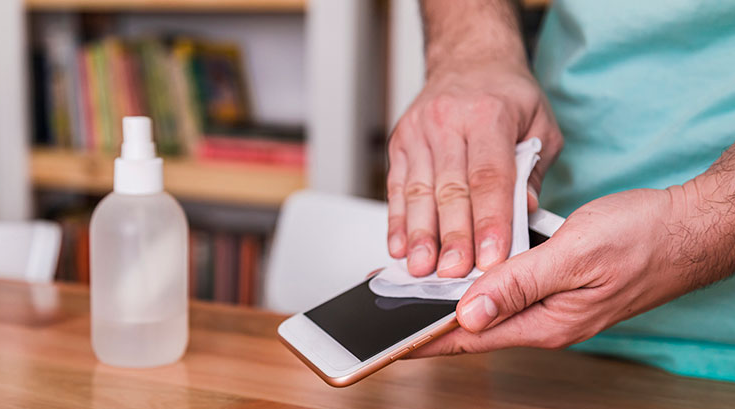
- Apply a small amount of 90% isopropyl alcohol carefully
- Gently dab the microphone area with a soft cloth
This alcohol displaces water and evaporates quickly. As a result, extra moisture is carried away as alcohol evaporates. However, don’t overuse alcohol. Otherwise, it can cause severe damage.
Professional Ultrasonic Cleaning
Ultrasonic cleaning uses high-frequency sound waves to remove moisture. This process creates cavitation bubbles in a cleaning solution. These bubbles effectively dislodge contaminants and trapped water.
Skilled professionals carry out the cleaning with precision. They possess the latest equipment that ensures thorough moisture removal from internal parts. Additionally, professionals provide expert diagnosis for further issues. This saves you from any unexpected problems.
What Things to Avoid when Removing Water from the Microphone?
Keep these tips in mind before drying your phone’s mic:
The Ineffectiveness of Rice
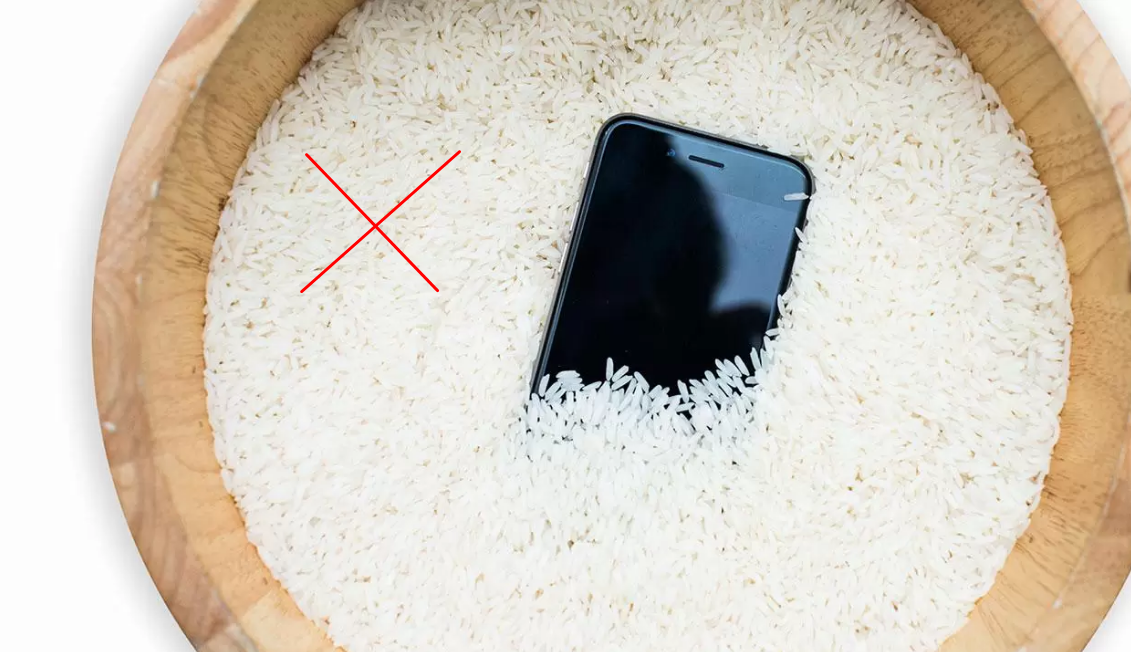
Many people believe rice removes moisture from wet phones. This common notion is absolutely a widespread and dangerous myth. Rice does not effectively absorb excess moisture inside the smartphone. Rice grains may enter small ports and block essential openings. Rice leaves behind fine dust particles that clog phone components.
Silica gel and instant couscous provide far better moisture absorption. Place the phone in a sealed, airtight container with reliable agents. These safe drying methods help avoid severe long-term device damage.
Harmful Liquids That Can Cause Corrosion
Certain harmful liquids severely damage a wet smartphone during drying. Salt water dangerously conducts electrical current and accelerates internal corrosion. Detergents leave behind a stubborn, sticky residue on sensitive electronic components. These harmful substances cause long-term damage to internal circuits.
Avoid cleaning with any liquid known to induce corrosion. These clear warnings strictly ensure the device stays undamaged. Harmful liquids may cause irreversible internal damage very quickly.
The Dangers of Using Heat
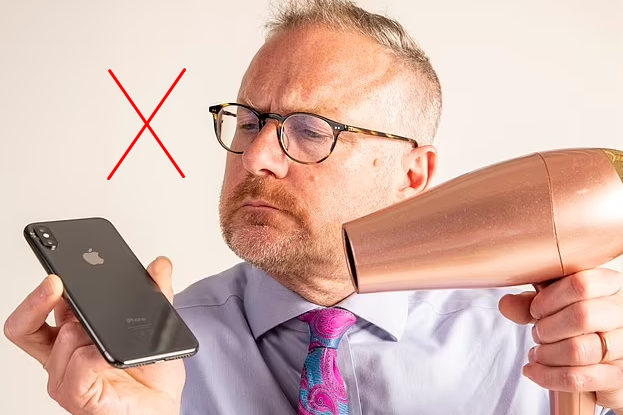
Using excessive heat always risks further damage to internal components. Hair dryers and ovens are extremely harmful drying sources. Direct, intense sunlight can also overheat and damage sensitive parts.
Therefore, drying at natural room temperature effectively prevents dangerous overheating hazards. A small fan (as mentioned earlier) can help circulate air without excessive heat. Properly controlled airflow significantly speeds up evaporation safely and efficiently.
Do Not Charge Your Wet Phone
Charging a wet phone risks further electrical damage. It is unsafe to power on a wet device. Water inside delicate circuits may cause short circuits instantly. So, here’s a good thought!
- Waiting until complete dryness always prevents additional harm
- Proper, safe drying methods should always be strictly followed
- Always avoid charging until all moisture completely evaporates from components
Remember, turning on a wet phone may cause severe, permanent failure. Waiting patiently always ensures long-term device safety and longevity. Strictly following proper procedures always avoids costly repair expenses later.
Preventive Measures to Save the Phone’s Mic from Water Damage
Invest in a Waterproof Case
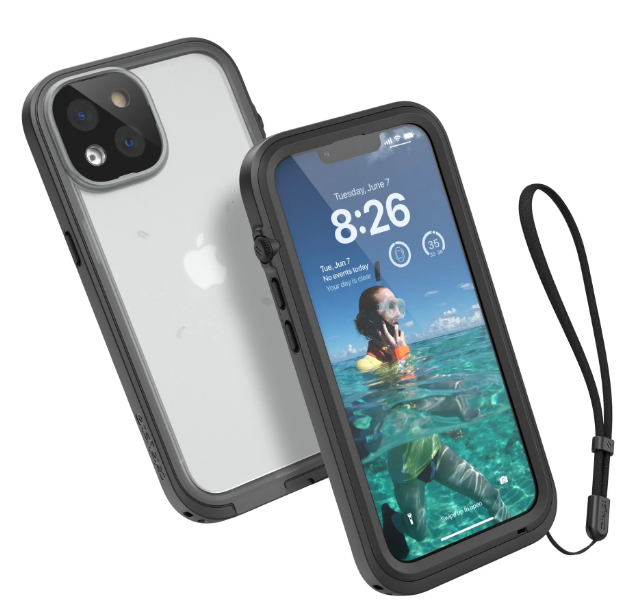
A waterproof case protects the smartphone from water damage. The case adds a strong barrier against moisture entry. It is ideal for outdoor adventures and wet environments. Waterproof cases secure the phone near pools or beaches. This simple step significantly reduces risks from water exposure. It ensures the microphone remains safe and fully functional.
Avoid Moist Environments
Avoid places with high humidity or heavy moisture exposure. Stay away from rain and steamy indoor environments frequently. Moist conditions increase water entry into the microphone significantly. Environmental moisture can damage sensitive internal phone components. So, keeping the device away from wet conditions is vital.
Also, if your cheeks or ear areas become too sweaty when you place the phone, make sure to dry the device before keeping it back in your pocket. Otherwise, moisture may seep into the internal components of your phone, especially the microphone and screen.
Regularly Clean the Microphone Port
Dust steadily accumulates in the microphone port over time. Small debris can trap moisture and block essential openings. Regular cleaning prevents water retention and subsequent damage completely.
Maintaining a clean port improves microphone sound quality significantly. Periodic maintenance ensures optimal performance and lasting clarity consistently. Never forget! Routine care prevents future issues with water exposure.
Pro Tip: One of the best ways to ensure your phone’s built-in mic is less exposed to moisture is to use an external wireless microphone, like Hollyland Lark M2S.
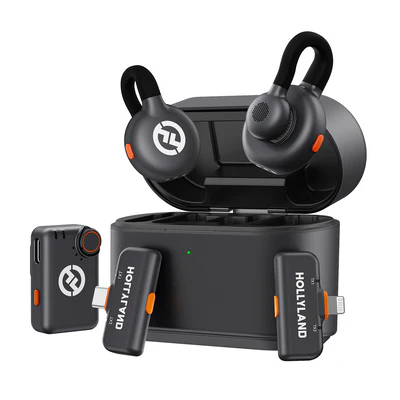
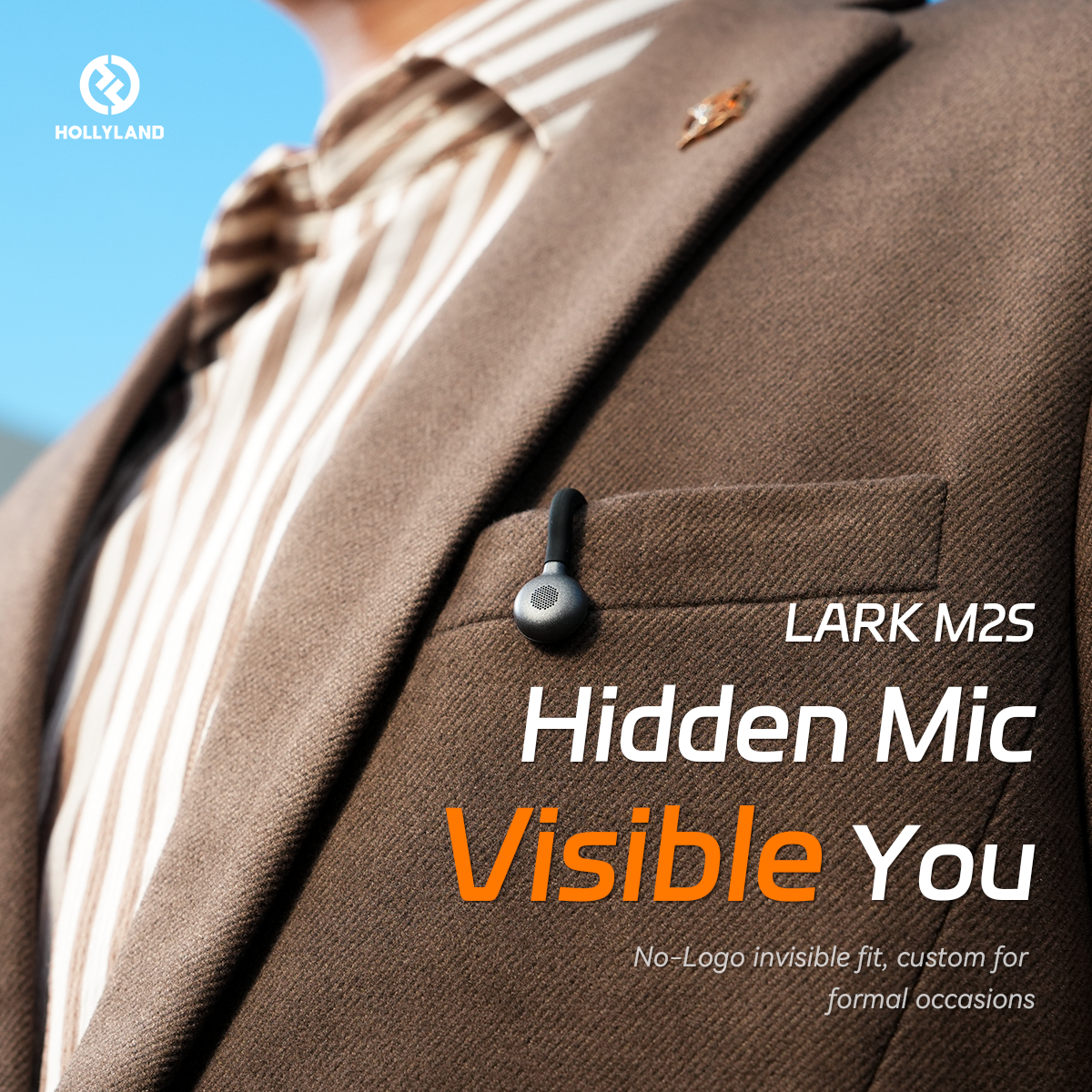
Hollyland LARK M2S - Wireless Hidden Microphone
An ultra-discreet wireless microphone featuring a clip-on transmitter for an “invisible” fit.
Key Features: No-Logo Fit | Ti+ Design | 48 kHz/24-bit
Lark M2S is known for its outstanding performance, strong titanium clip-on, and logo-free design. It is a complete wireless microphone kit with a transmitter, receiver, and charging case that keeps all the components safe from dirt, debris, and moisture.
Conclusion
Water damage is entirely preventable with immediate and proper action. So, if you’re wondering how to get water out of the microphone, remember these tips. Power down the phone and quickly remove all attached accessories. Safe drying methods effectively preserve device function and extend longevity.
Avoid excessive heat sources and improper techniques for optimal recovery. Consistent maintenance effectively safeguards the smartphone device from future risks. Professional help is highly advisable when problems persist after drying.
If your microphone has suffered water damage, taking careful steps to remove moisture is essential – but prevention is even better. Consider switching to a reliable wireless lavalier microphone, designed to help you capture clear audio without placing equipment directly near water hazards.
Frequently Asked Questions about Getting Water Out of the Microphone
Q1. Can Water Damage a Phone Mic?
Yes, water can significantly harm a phone’s microphone. Water entering the port disrupts normal phone function. Sound quality degrades when moisture interferes with operation. Residual water can cause corrosion and further damage. Long-term performance suffers greatly if moisture remains inside.
Q2. How to Remove Moisture from the Mic?
A reliable moisture-absorbing product works very effectively indeed. Products like Damp Rid can help remove water. Purchase one at a local hardware store today. Place the product with your phone in a sealed container. Leave the device for 24 to 48 hours. This method extracts moisture from the microphone thoroughly. Other affected areas also quickly become completely dry. It is a reliable drying approach for devices.
Q3. How to Fix a Waterlogged Microphone?
A trusted repair shop is the best option. Specialists fix waterlogged phones very professionally without delay. Drying methods offer only temporary relief for damage.
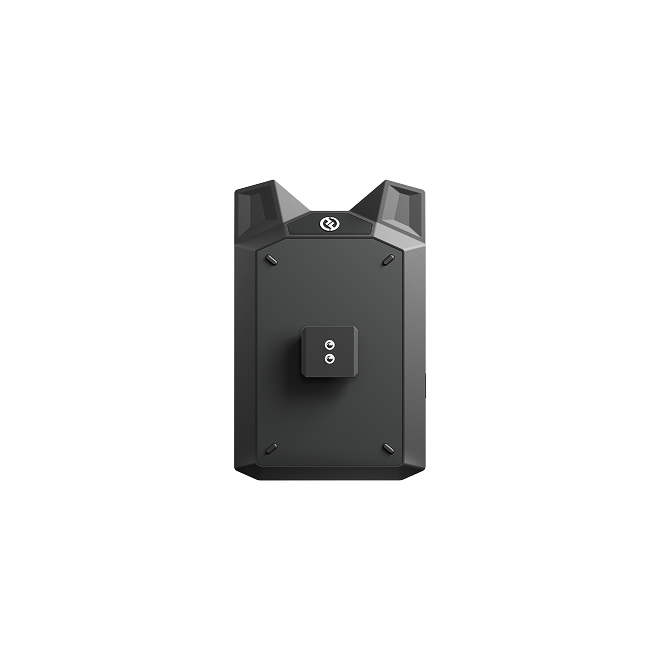

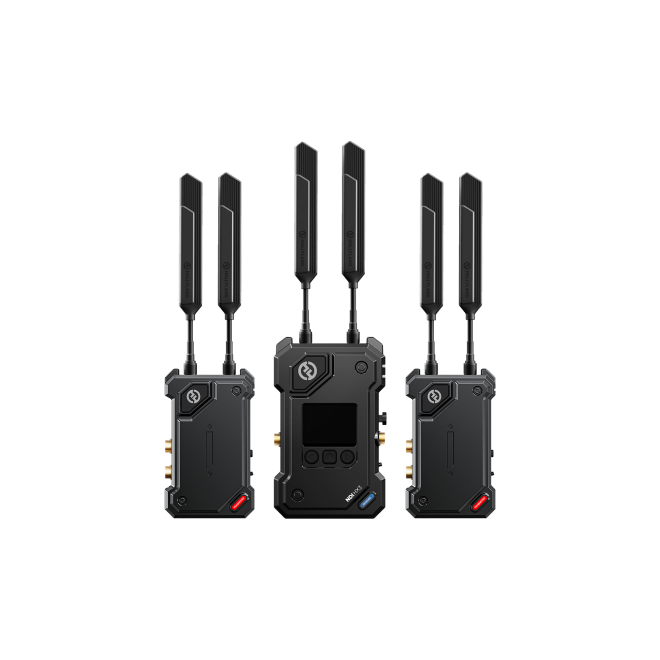
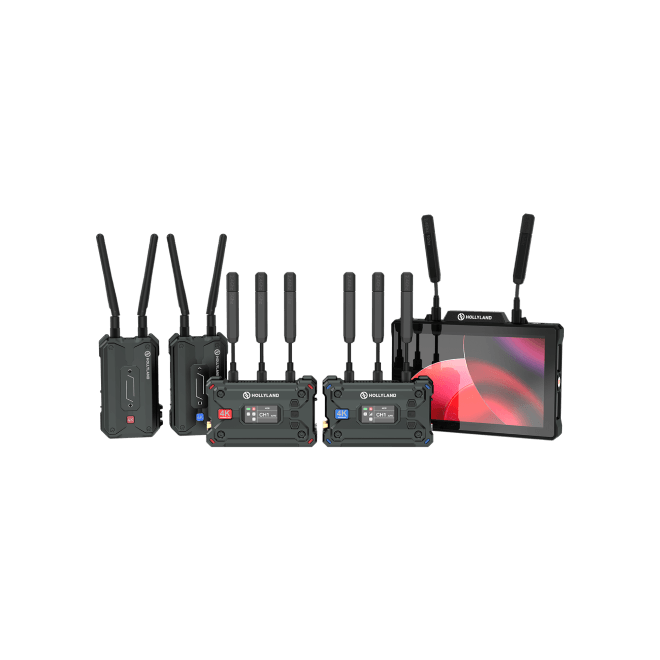
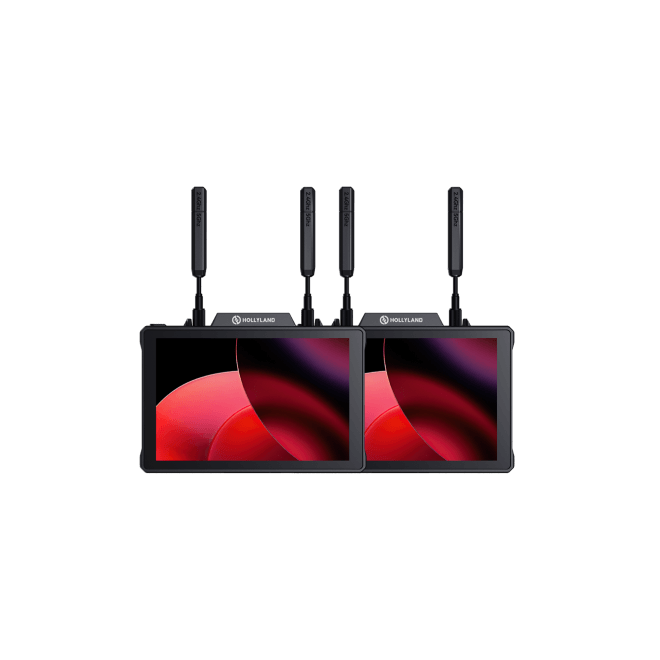
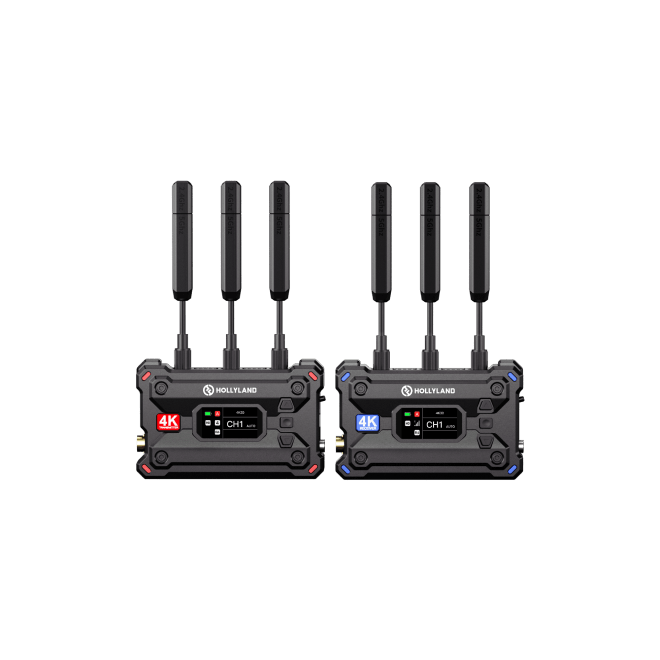
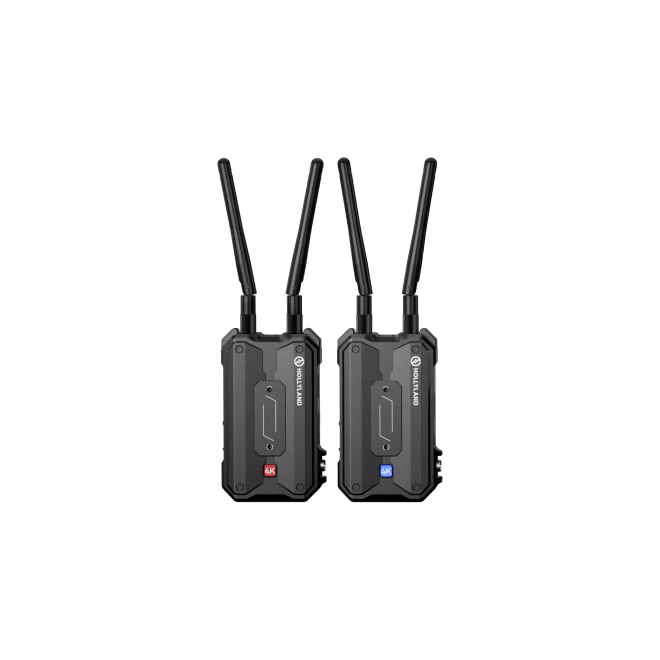
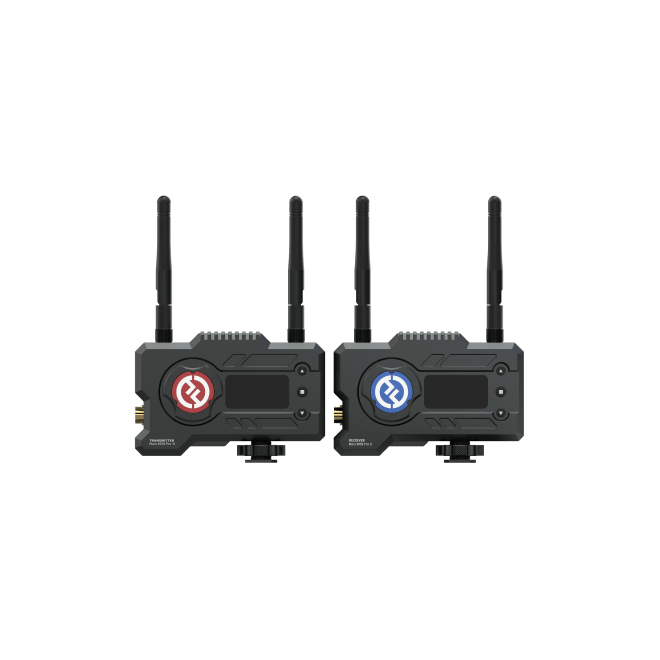
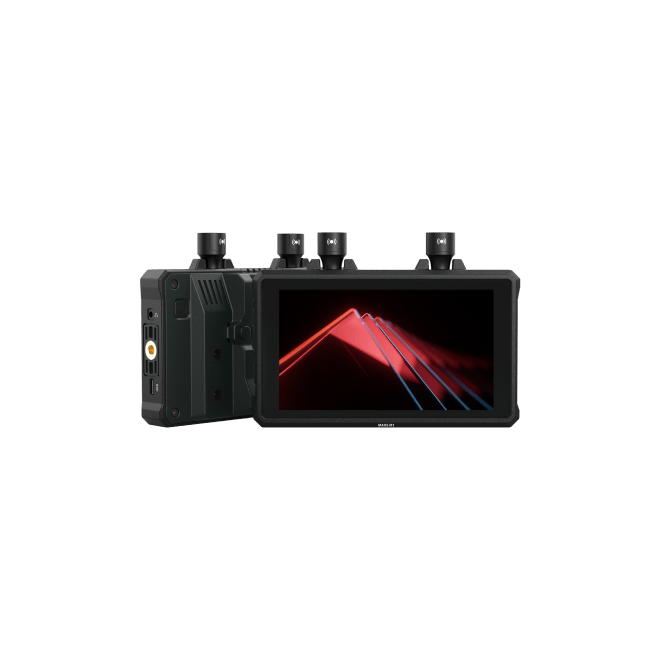
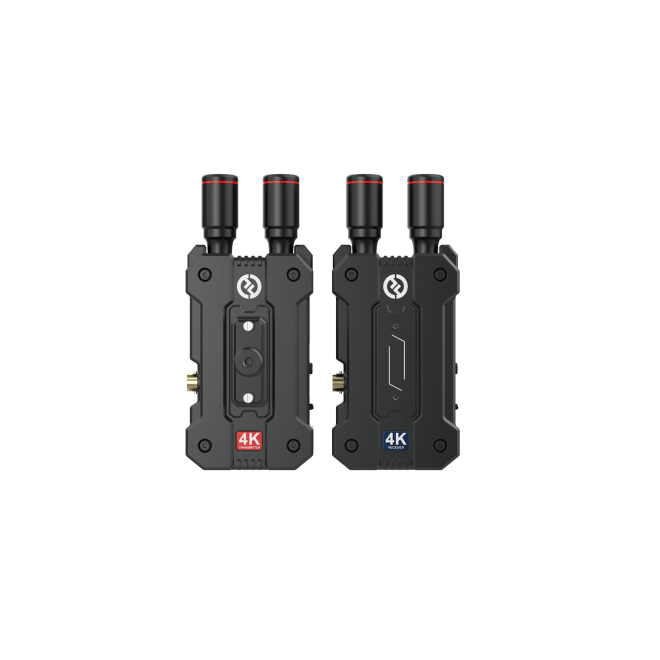
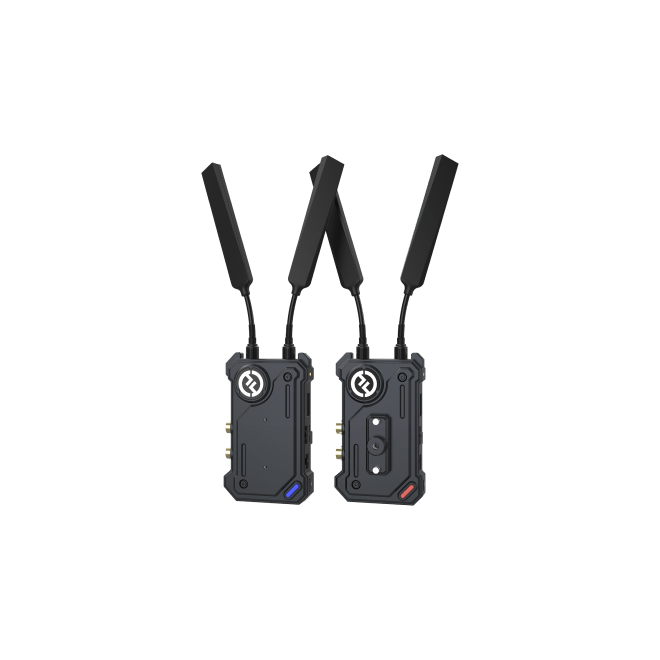
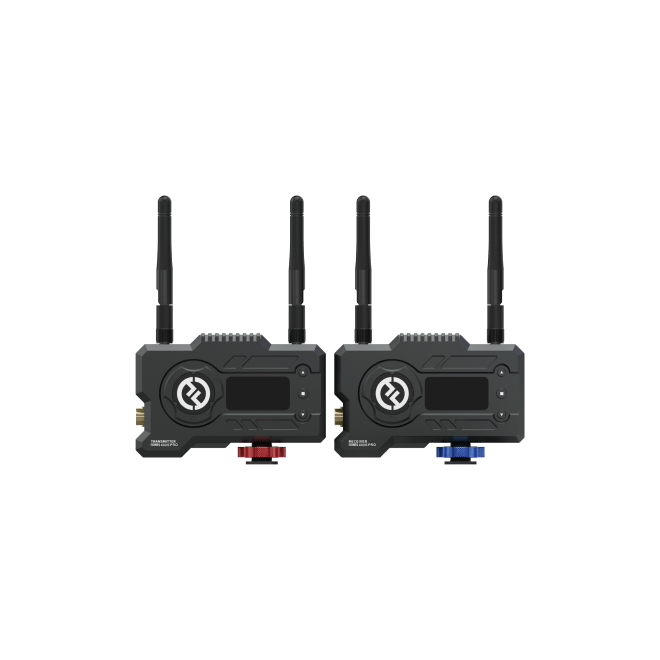
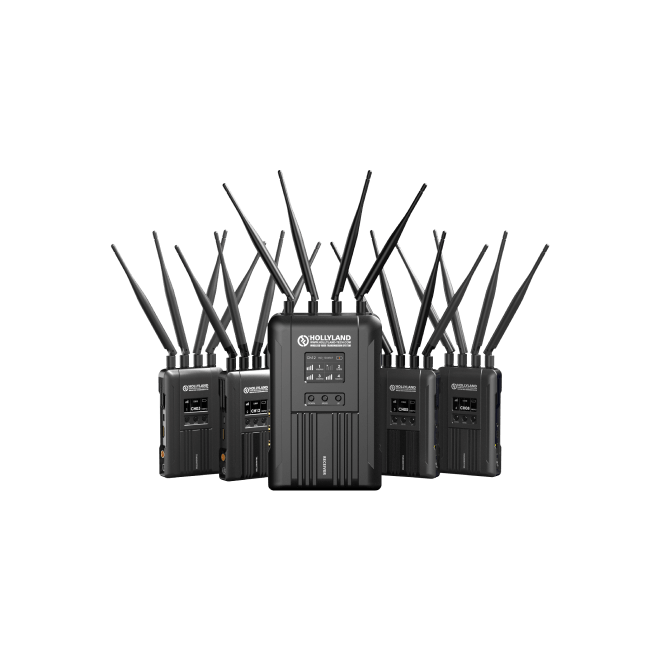


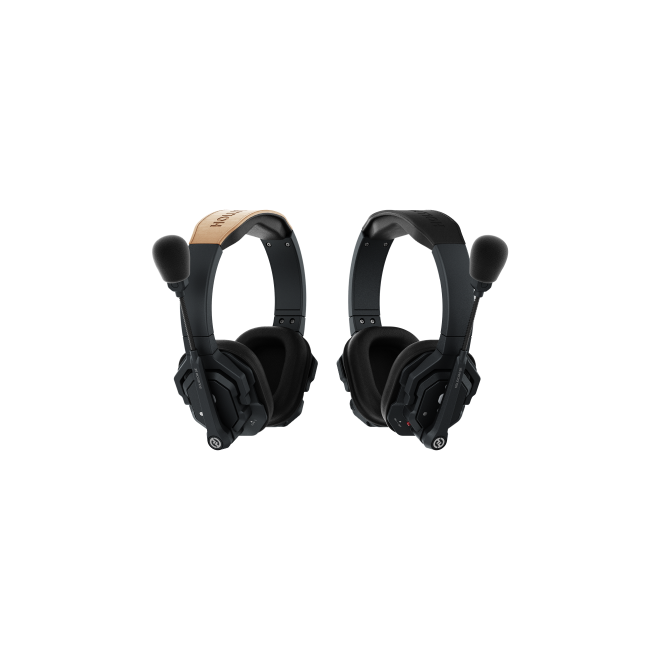
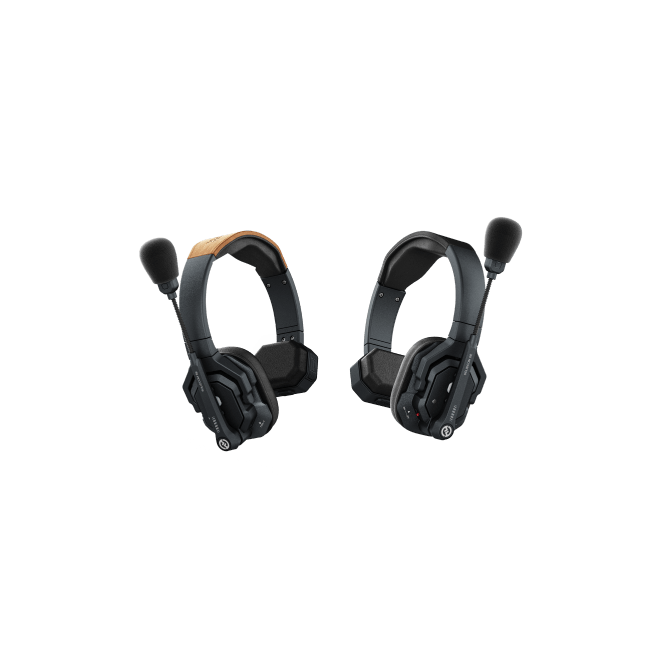
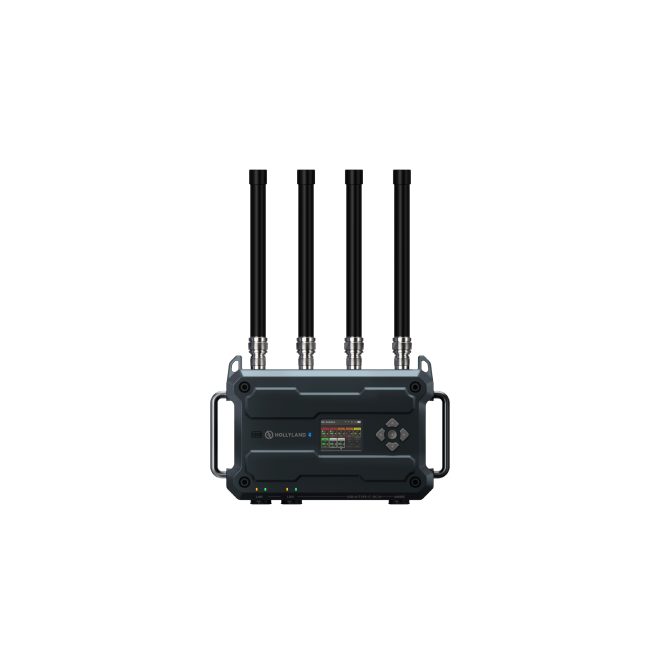
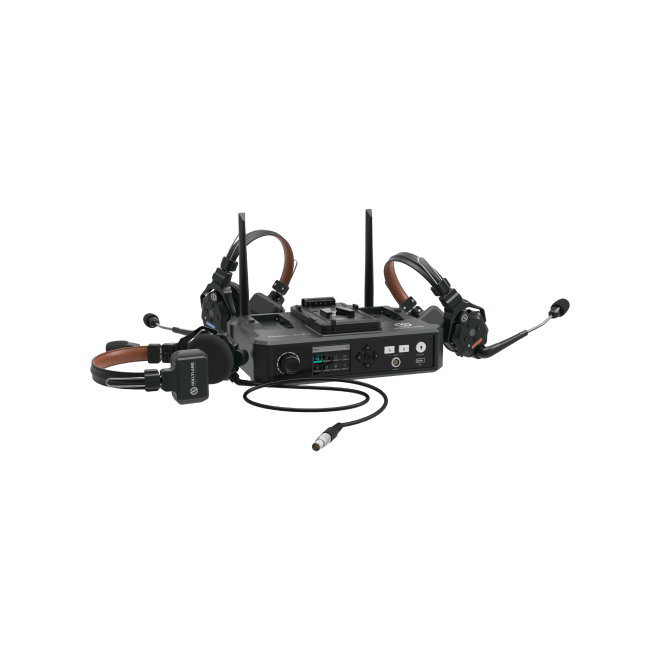
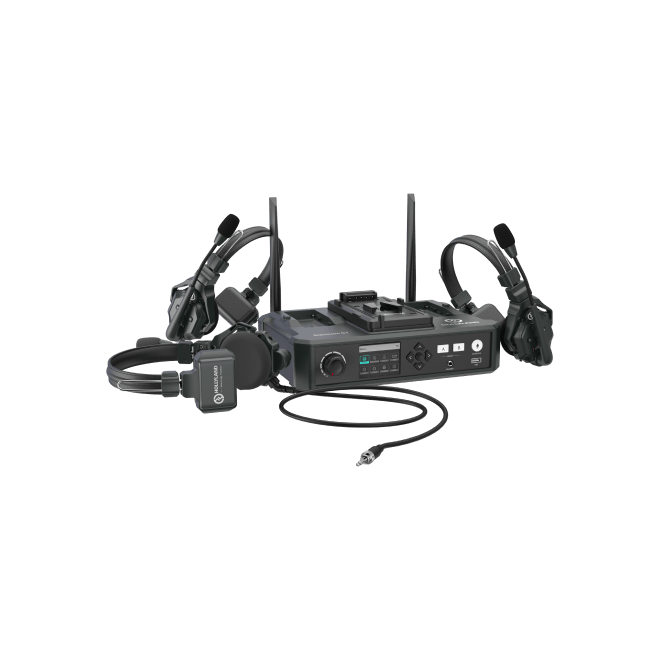
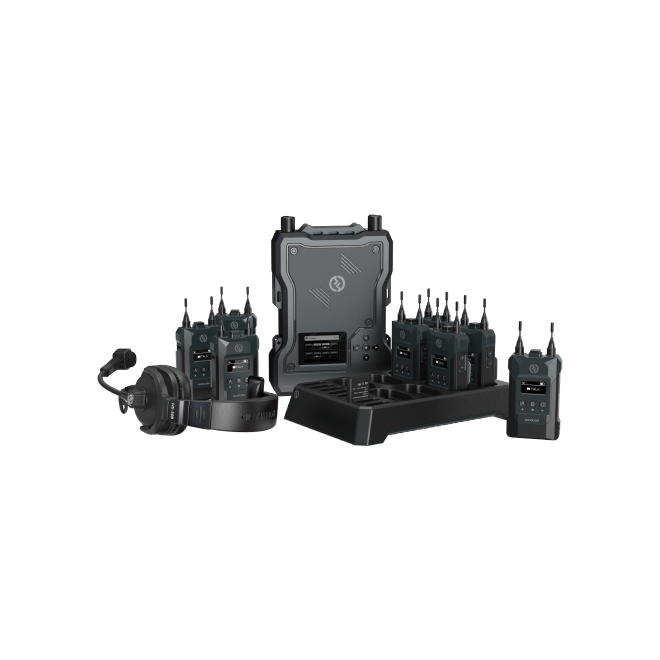
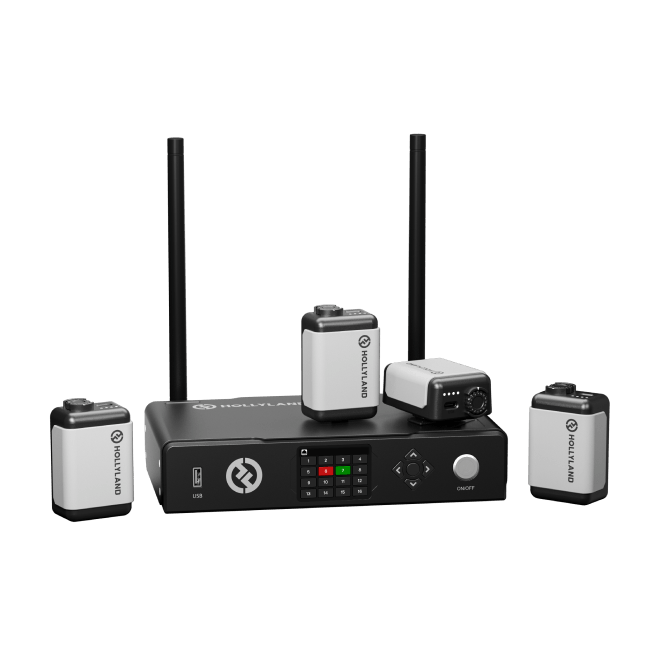
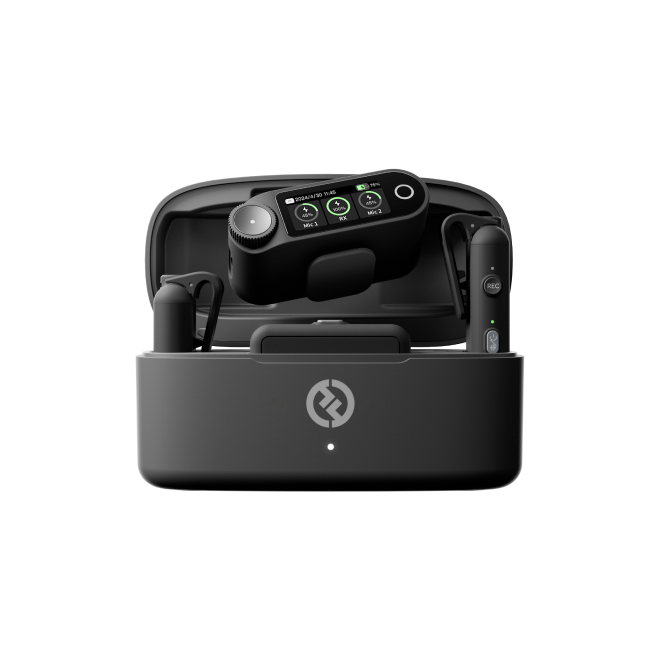


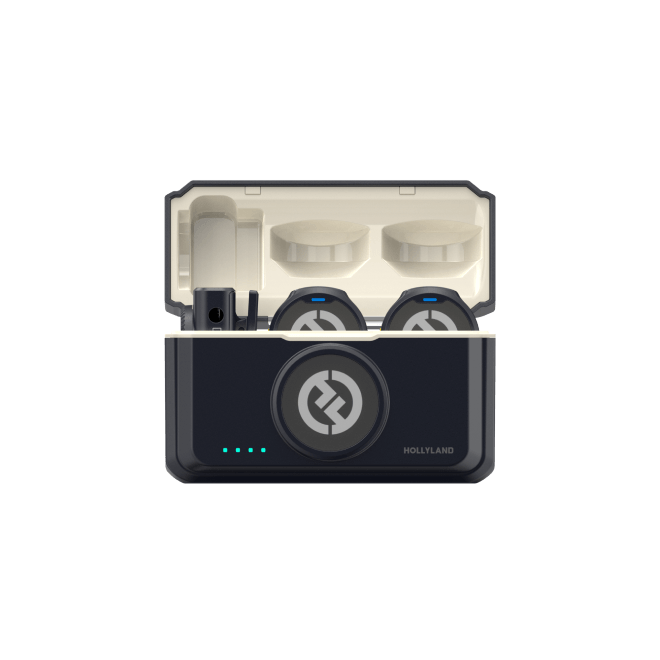
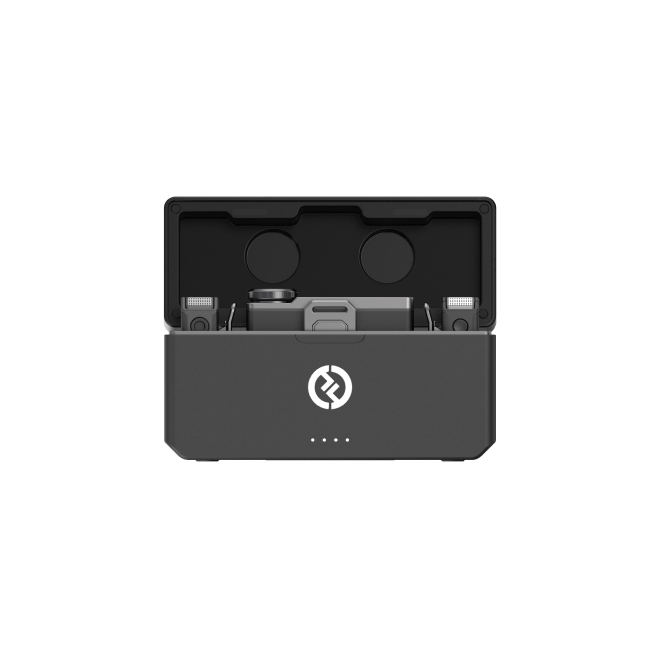
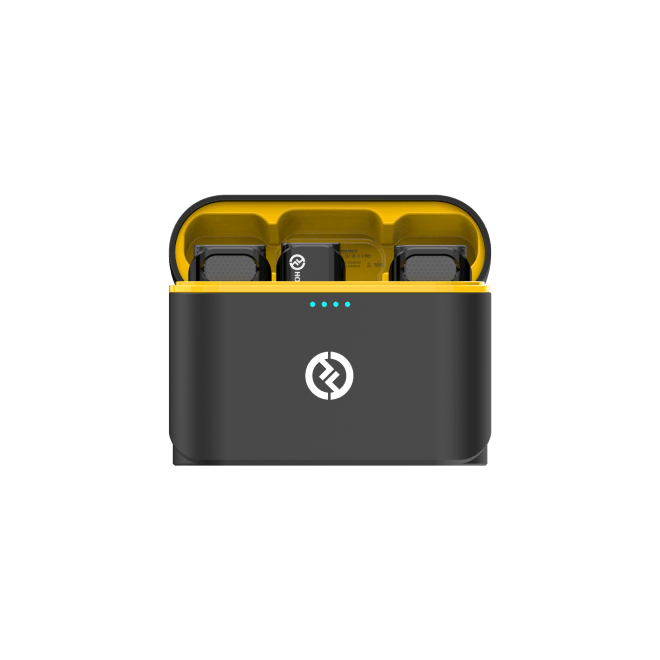
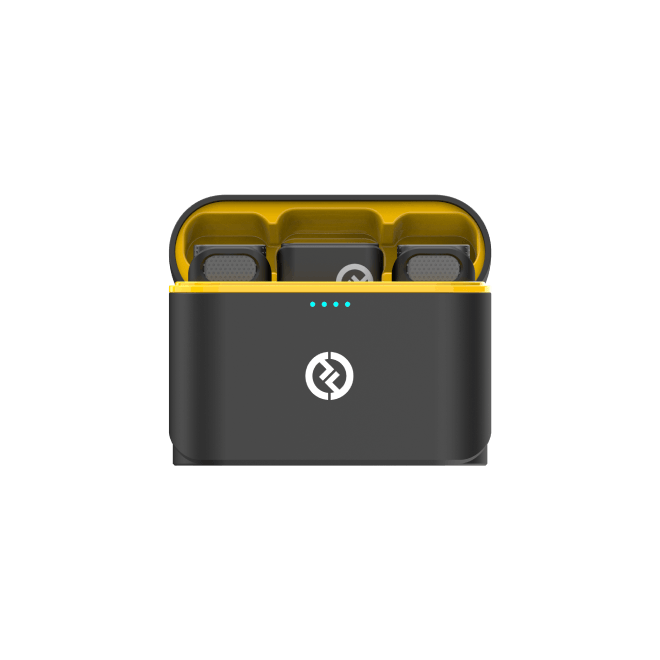
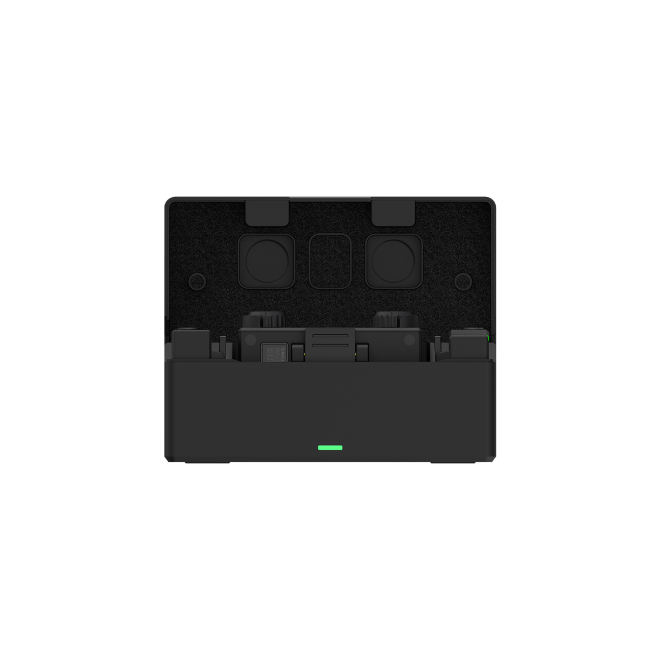
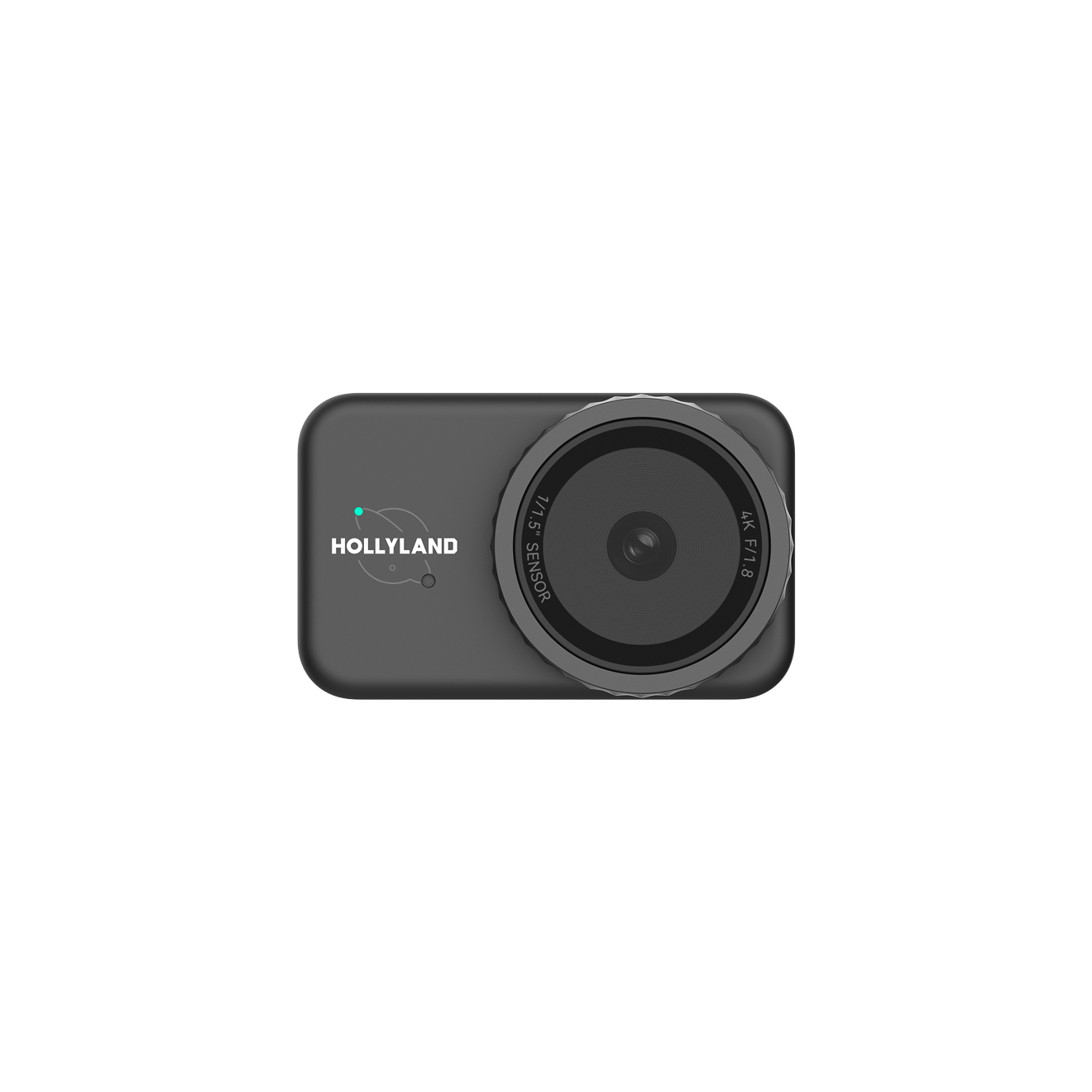

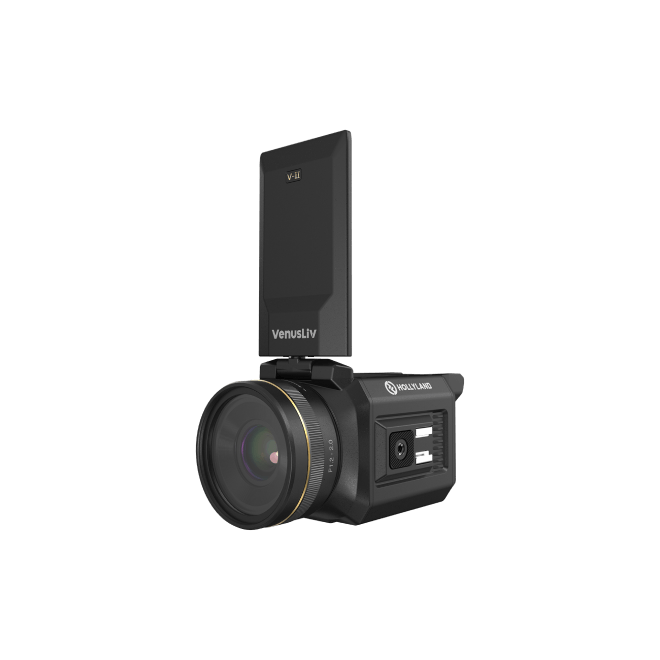
.png)


